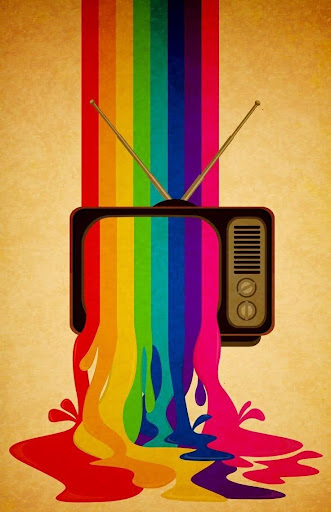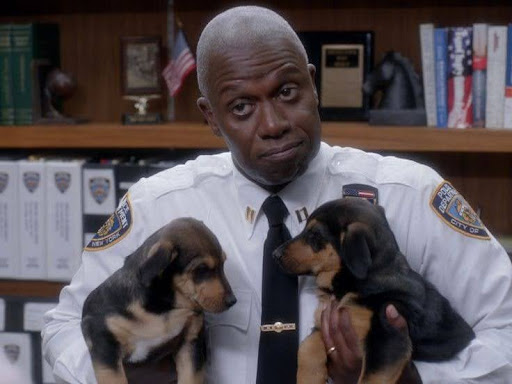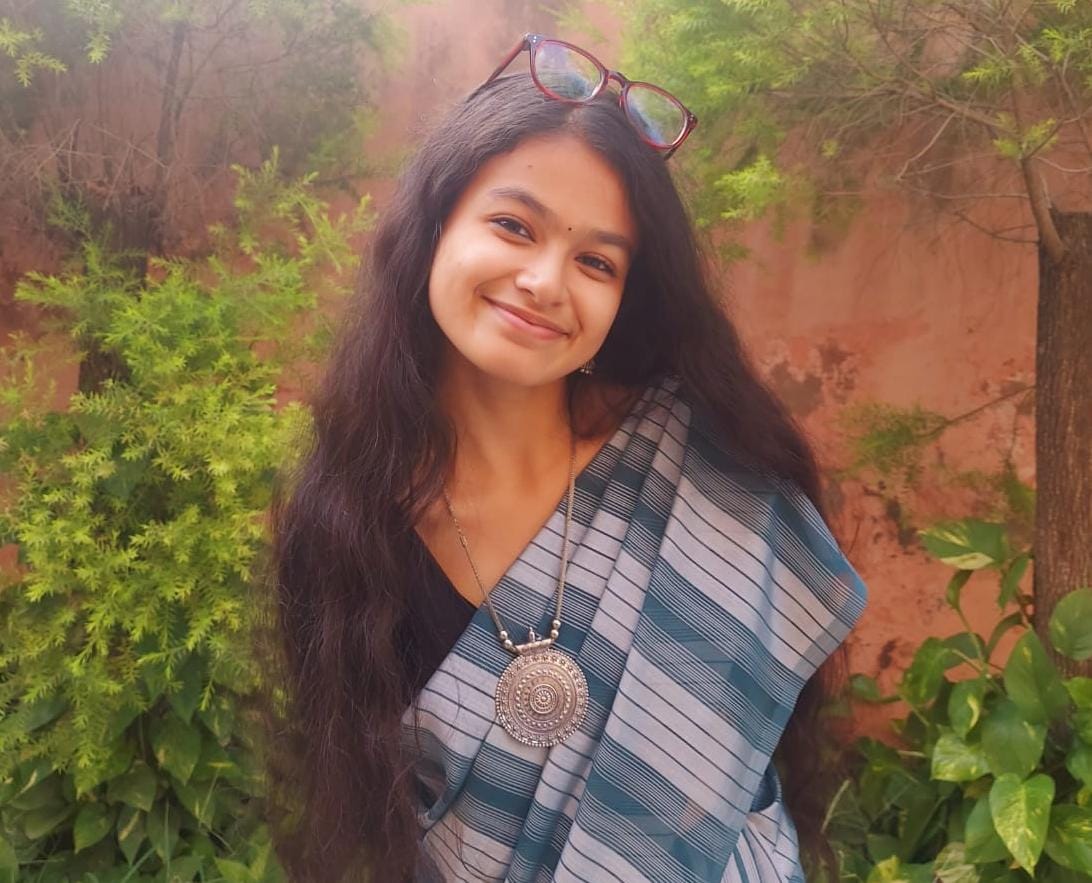Pop Goes The Closet: Representation of LGBTQIA in pop culture
Key Takeaways:
- Historically, the LGBTQIA+ community has been reduced to stereotypes lacking nuanced representations in pop culture
- In the 21st century, popular media has worked to unlearn these stereotypes and provide reasonable representation onscreen
- Popular media is a significant tool that forms narratives in today’s world. If utilised well then it could empower the LGBTQIA+ community and acknowledge their right to be heard, seen and lead a life of dignity
Media is not just a means of entertainment. It serves as a mirror to society and recently its impact on controlling the narrative has expanded as well. If utilised well it can become a powerful tool to educate society and debunk myths as well. It becomes a medium that empowers, represents and gives validation which implies it plays a significant role in forming our perception of society. For the LGBTQIA+ community, this representation matters.

Stereotypes, not stories
LGBTQIA characters have traditionally been in the peripheries of pop culture. Their roles have been restricted to s slapstick comedy, the comical sidekick that doesn’t use their head, the nasal-voiced friend who is the butt of every joke and many such stereotypical misrepresentations. They were just reduced to laughing stock. This has caused immense harm to the LGBTQIA community, creating prejudice and discrimination. It has limited their representation in media and has led to a lack of visibility in the entertainment industry.
Their characters were not given a voice and they were not layered. Their misrepresentation collided with the fact that every human has a story that deserves to be known and heard. Some representations even attribute demonic qualities to the community for instance Laxmii. This Hindi horror comedy is a remake of the Tamil film Kanchana starring Akshay Kumar, where he gets possessed by a transgender ghost and indulges in activities that are conventionally looked at as demonic. The movie reinforces the idea that transgender individuals are a threat to society and are out to harm people. This portrays a negative image and contributes to the marginalisation of the community.
In the iconic American sitcom from the 90s, FRIENDS, the episode titled The One With The Nap focused on Ross and Joey taking a nap together and how the mention of it in their later conversations was an absolute threat to their masculinity. In the same sitcom, we get to see Carol and Susan who are a lesbian couple living together. Their living arrangement becomes a subject of a joke in Ross’s male friends since Ross was married to Carol and they had a son as well. Since the show comes under the label of a sitcom, the themes were primarily comedy, love and drama a lot of people might hold the view that it shouldn’t be taken seriously but what they fail to understand is that when shows of such mass appeal keep reinforcing certain ideas then they are bound to contribute to the larger narrative towards the community.
Pop culture, unlearning and representation
Since the 21st century is all about unlearning, naturally pop culture has caught up with that phenomenon as well and fortunately has given us better representations of the LGBTQIA+ community onscreen, so let us read further to find out about characters that were balanced representations of the queer community in the popular media
Karan Mehra from Made In Heaven
Made In Heaven, directed by Reema Kagti and Zoya Akhtar was in the headlines for both good and bad reasons but its portrayal of one of its protagonists Karan Mehra who is gay was realistic to a certain extent. He couldn’t fully express his affection for Nawab, his childhood love because he knew his peers would make fun of him. He couldn’t let his partners stay at his rented place since it was not socially acceptable and might even result in eviction. He had to spend a night in custody because police caught him kissing his partner in the car. Would this have happened if it were a heterosexual couple? I don’t think so. He came from a fairly privileged background but his sexual identity did often become a hurdle in his daily life. His struggles would have been relatable to the LGBTQIA+ community especially those residing in urban spaces since the show is set in Delhi.

Dhruv and Faruq from CLASS
CLASS, a Netflix series directed by Ashim Ahluwalia is an Indian adaptation of the Italian drama- Elite. The Indian series revolves around the gaps between the haves and the have-nots of society. It delves into the lives of school-going teenagers, some belonging to extremely affluent families and some living in the peripheries of the city. The relationship between Dhruv and Faruq was explored in a layered manner. Both of them are aware that their relationship wouldn’t be socially acceptable, still, they attempt to cherish their love for each other as long as possible. Dhruv comes from an affluent family and his father wants him to become a world-class swimmer. His father pushes him to become better but he fails to understand what his son really wants. They were aware that their love would lead to heartbreak but that didn’t hold them back from loving each other. Dhruv could not even open up to his best friend Veern regarding his sexuality as he thought he would lose his friendship with him. Faruq even makes peace with the fact that he has to eventually let go of Dhruv. A lot of people would say that letting go of someone might imply that they loved them deeply but in this case, societal norms compel them to do that I believe.

Captain Holt from Brooklyn 99
Captain Holt is an icon, how could we not mention him? He is the captain of the 99th Precinct and the first gay black police captain of NYPD in the series. What makes this character iconic? Firstly Captain Holt does not adhere to queer stereotypes. The understanding of queer community especially in pop culture can be very monolithic. Holt’s portrayal shows the diverse representation of the LGBTQIA+ community. Holt is looked up to by both old and young members of the community since the character belongs to an older age group. He openly talks about being gay in the police force and has mentioned how there had been fewer or delayed promotions in his career since he was just not black but a gay man.

David and Patrick from Schitt’s Creek
David and Patrick’s relationship is one of the best things about this Canadian sitcom. The way they grow and are there for each other in their journey makes you ponder how integral healthy support systems are especially for the queer community. David was openly pansexual while Patrick was coming to terms with his sexuality. When he kissed David for the first time he expressed how he has never been in a relationship with a man. The best part is everyone around Patrick supports him which makes him confident about his sexuality and understand himself better. He even opens up to his parents about his sexuality who held very conventional views about the world. All of this could happen because the people around David and Patrick were supportive.

Conclusion
While the journey towards better representation is ongoing, pop culture has undeniably come a long way. As an audience, we should strive to educate ourselves about the community so that we can analyse where the creators are going wrong and demand diversity in representations. For the makers, the attempt should be to become sensitive and educated to enhance the quality of their work since their work is looked up by millions and acknowledges the struggles in their journey
Author

